Flesh and pleasure made its name, but in 1956 there was a lot more to a place that, in modern times, has all but vanished.
From Britain on Film available at BFI Player
Sunshine in Soho (1956) is part of Britain on Film, celebrating UK places that mean the world to you.
1. Berwick Street Market
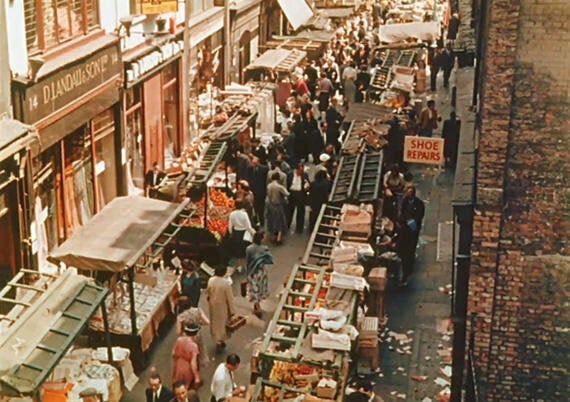
2. Algerian Coffee Stores Ltd, Old Compton Street. Opened in 1887 and still thriving, it was started by a Mr Hassan and is now run by the Crocetta family, who have been there since 1948.
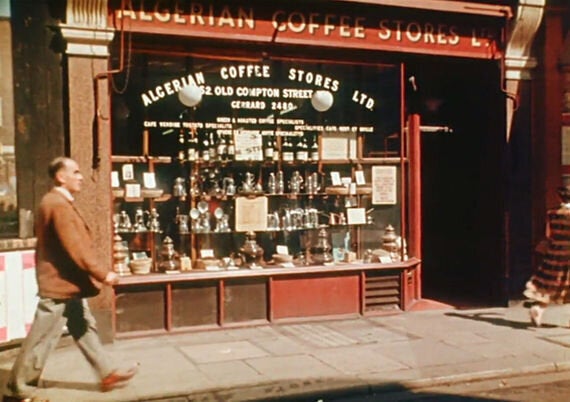
3. The York Minster, also known as 'The French' and now The French House, 49 Dean Street.
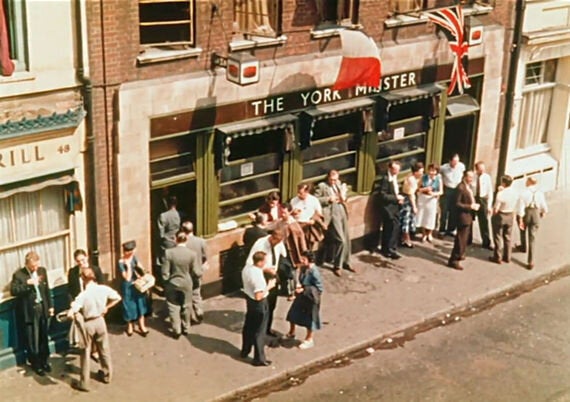
4. Inside the kitchens at Ristorante Isola Bella, 15 Frith Street. The premises are currently a burger restaurant.
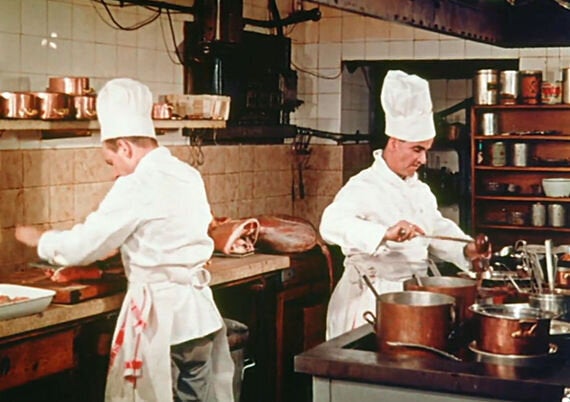
5. Soho Square.
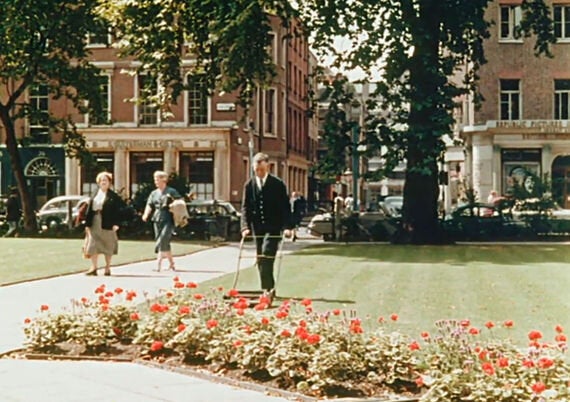
6. The annual Soho Fair, with floats and a pageant. Here are the representatives of the Visual Arts Club Models, 12 Soho Square. Set up by the artist Jean Straker, it allowed photography and sketching classes that included 'modern nudes'. Straker fell foul of the Obscene Publications Act in the 1960s, but defended his work with vigour and, on one occasion, poetry:
Cover girls are meant to draw
The eyes, and pence from pockets;
Those uncovered often score
A pride of place in lockets.
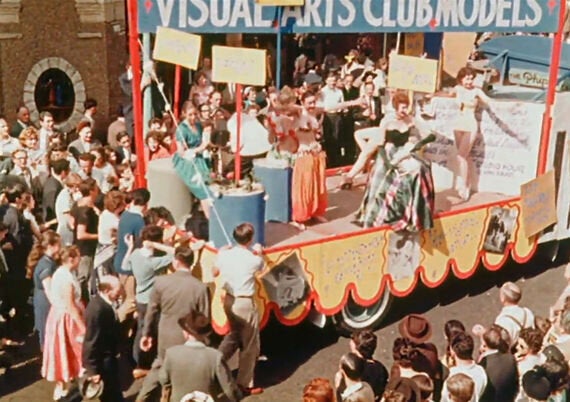
7. Soho Fair, 1st Prize winners for best float.
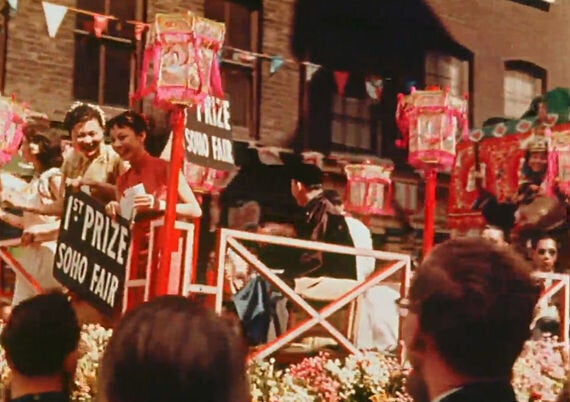
8. Taking bets on the annual Waiters' Race.
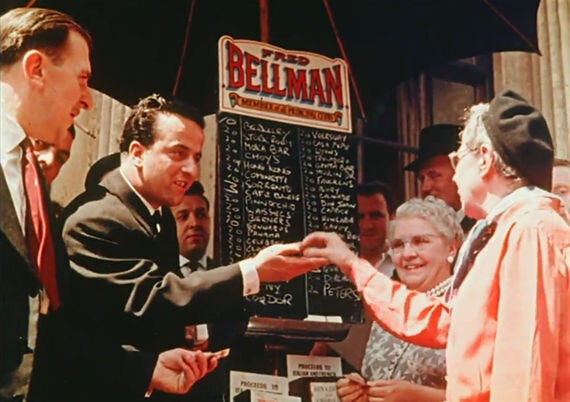
9. And they're off!
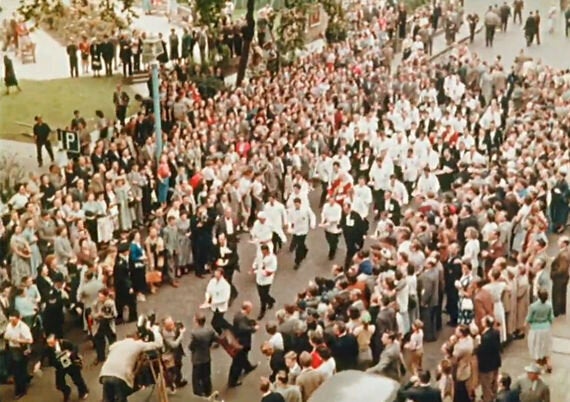
10. Holding a half-bottle of champagne and two glasses, they had to do a circuit of Soho Square then hurl themselves down Greek Street.

11. The 1956 winner, Robert Taylor.
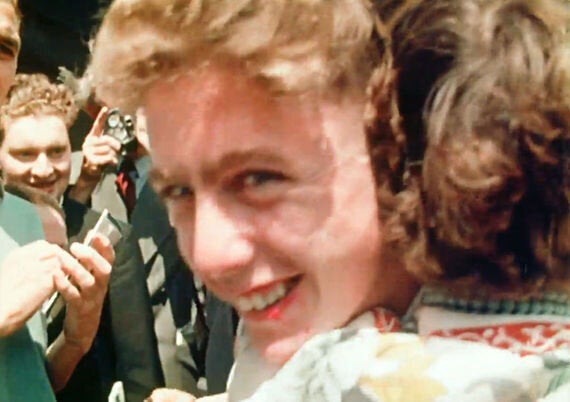
12. Victor Berlemont, proprietor of the York Minster, aka 'The French' and now The French House. He was the first foreigner to be granted a full pub licence in England. His son Gaston (born in the pub) took over in 1951 and retired on Bastille Day 1989, when Dean Street was officially closed, and the revels lasted all night.
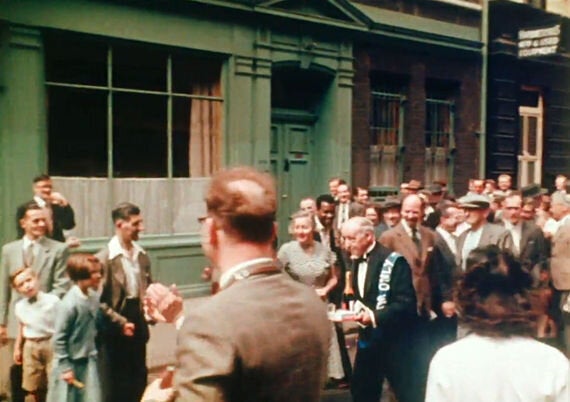
13. Golden Square, as Italia Conti students put on a show. In the background is the world's first specialist hospital for diseases of the throat. It's currently the offices of Clear Channel, an advertising business.
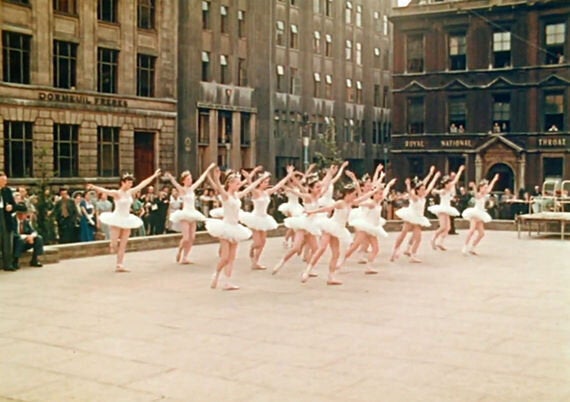
14. An all-male queue for The Windmill, which featured tableaux vivants (of static naked females), dodging the censor's rule that "if you moved, it's rude". There were comedians too - a thankless task - and the rota included Tony Hancock, Peter Sellers, Benny Hill, Bruce Forsyth, Tommy Cooper and Barry Cryer.

15. Palace Theatre, Cambridge Circus.
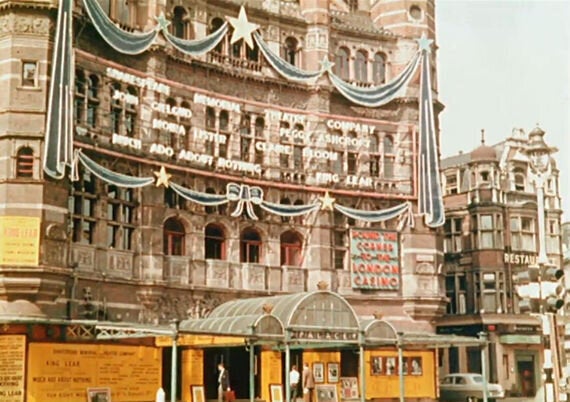
16. Peggy Ashcroft caught at the stage door.
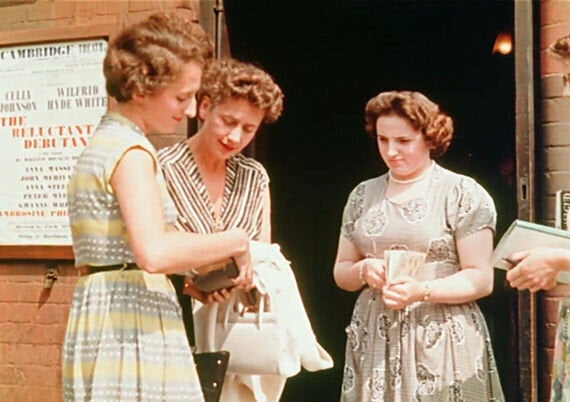
17. Gallery One, 20 D'Arblay Street. It was run by Victor Musgrave, who, in the words of French postmodernist Yves Klein, "had a busy fantasy life" involving some of Soho's more familiar workers. Colin MacInnes, who went on to write Absolute Beginners, lived upstairs.
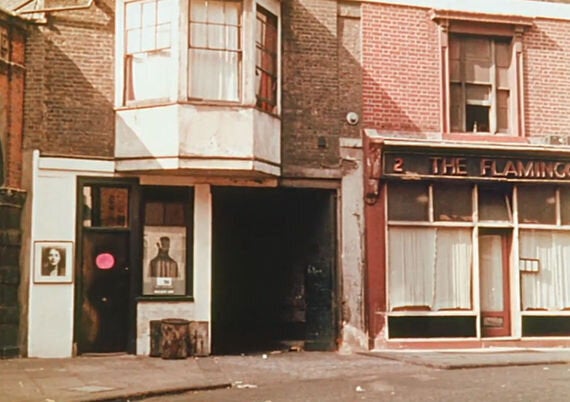
18. Brian Robins, artist by day and gas lamp-lighter by night.
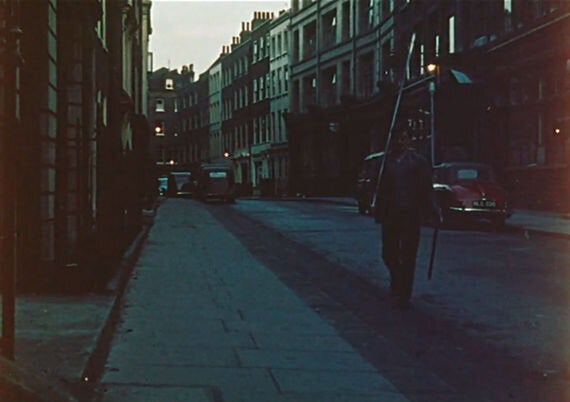
19. Inside The Mandrake Club, 4 Meard Street. Co-owned by Teddy Turner and Boris Protopopov ("a huge, taciturn unkempt Bulgarian", according to author Barry Miles). The bar cashed cheques, but half the amount had to be spent behind the bar - the perfect service for regulars like Julian Maclaren-Ross, who did not have a bank account.
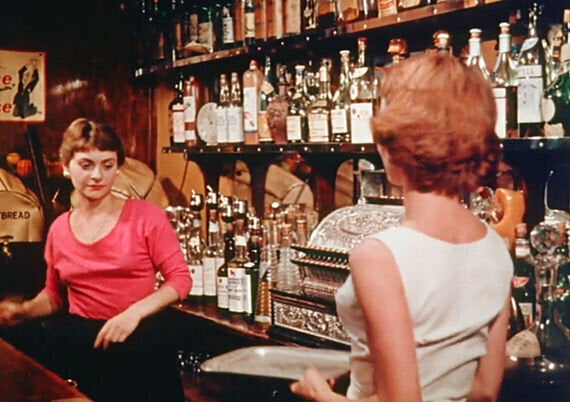
20. The day ends at Les Enfants Terribles, 93 Dean Street. It was run by Betty Passes, who has a claim to be the inventor of disco, having pioneered the idea of dancing to records at her premises in 1957.
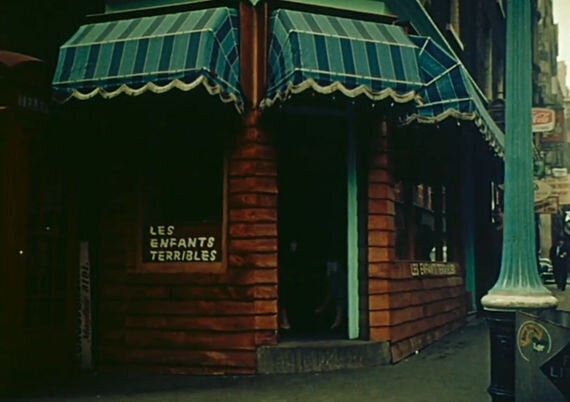
The film and stills on the page are taken from Sunshine in Soho (1956). It shows the thriving and truly cosmopolitan community: Italian delis, French patisseries, models and Greek-Cypriot cafes jostled for space alongside jazz bars.
We see models from 'Visual Arts Club' strut their stuff in the parade, as waiters from local restaurants compete in a race through streets where the remnants of wartime bomb damage can still be glimpsed. Many of the locations - Old Compton Street's Algerian coffee store; Berwick Street market - still exist (for now) but the increasingly dull commercialism of the area today and the accelerating rate of gentrification make this a film to cherish - and for 21st century activists, a call to action perhaps...
The film is part of the BFI's Britain on Film project. It is an archive of films from across the UK. Some 10,000 film and TV titles from 1895 to now will be digitised and can be watched for free on BFI Player.
This article was originally published on the BFI website.
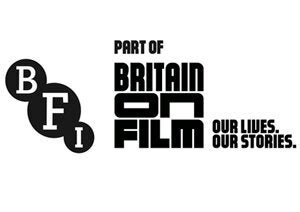
Like British Film Institute on Facebook: www.facebook.com/BritishFilmInstitute